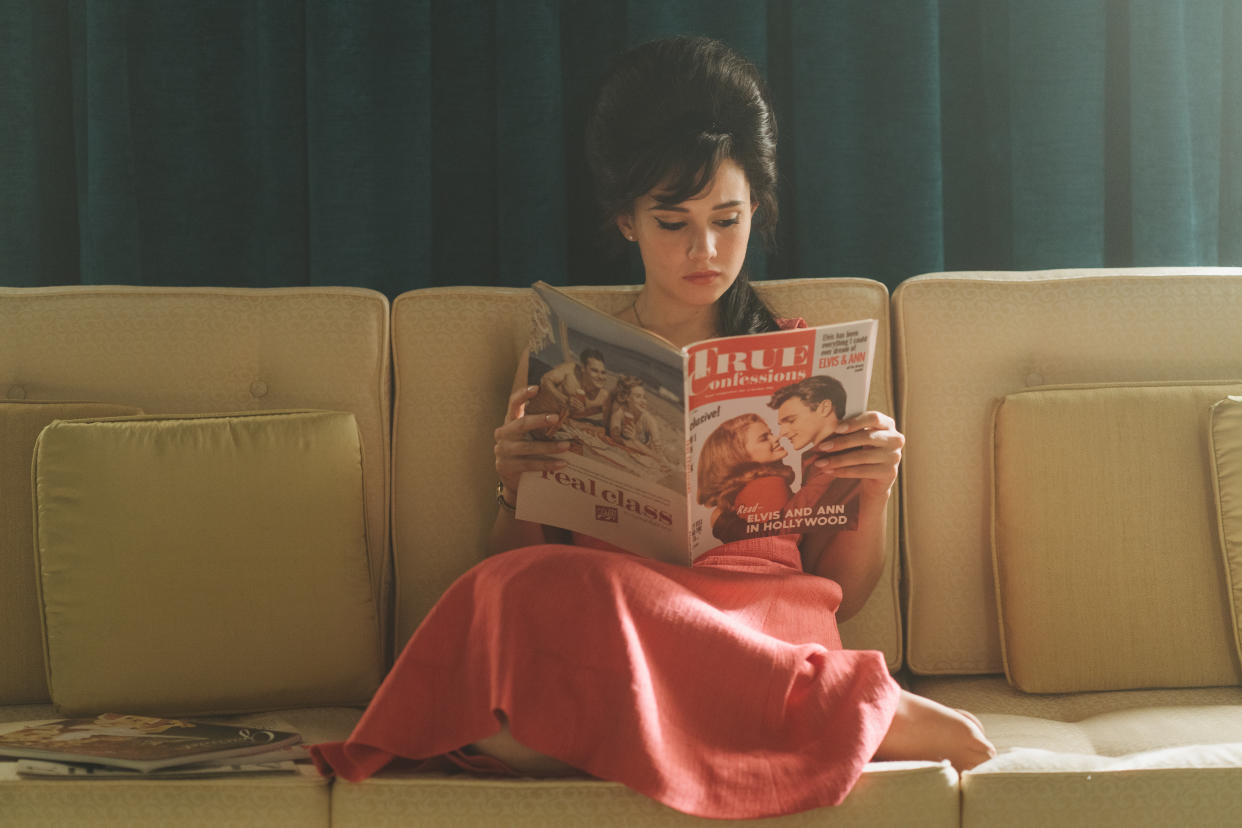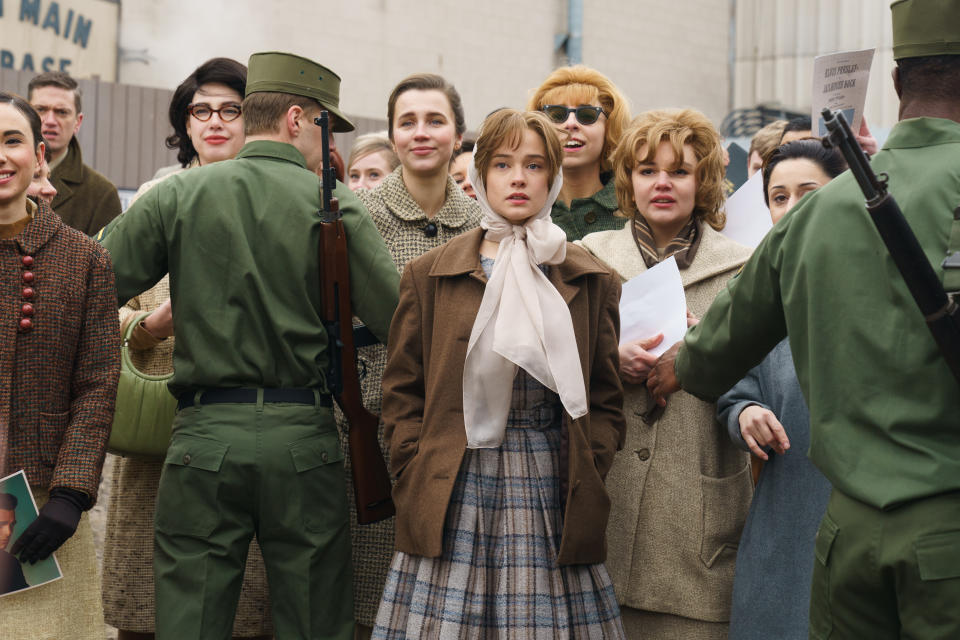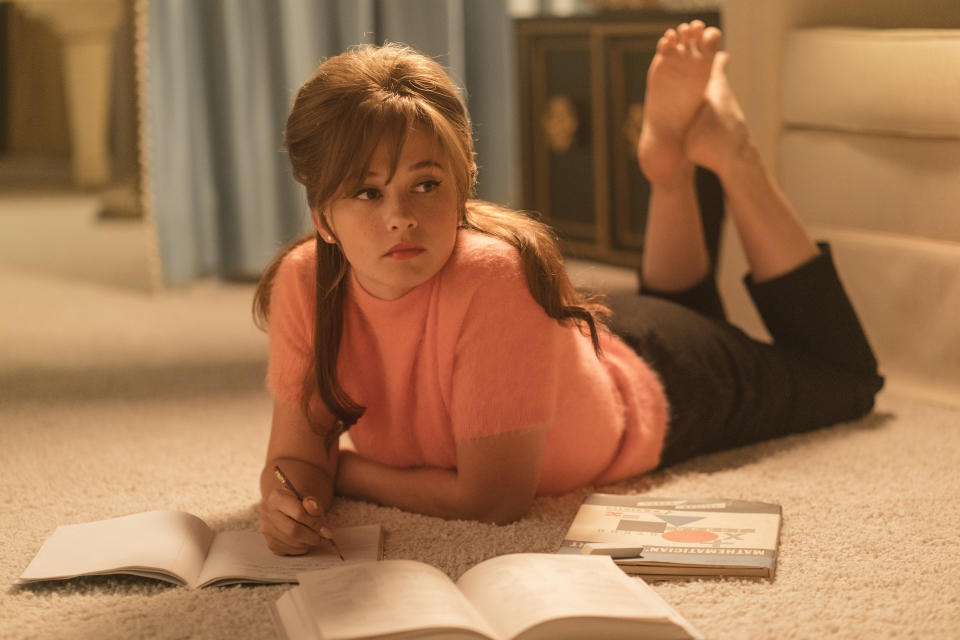For Cinematographer Philippe Le Sourd, Shooting ‘Priscilla’ Digitally Meant Better Sleep

Cinematographer Philippe Le Sourd is responsible for some of the most gorgeous images in 21st-century film, from the glowing French vineyards of Ridley Scott’s “A Good Year” to the epic poetry of Wong Kar-wai’s “The Grandmaster,” for which he was nominated for an Academy Award. Yet for all his accomplishments there’s one thing Le Sourd had never done: shoot a feature film digitally. That changed when Le Sourd reunited with his “The Beguiled” and “On the Rocks” director Sofia Coppola for “Priscilla,” a visually stunning, emotionally penetrating portrait of Priscilla Presley as her world simultaneously expands and contracts when she marries the most famous musician on the planet.
Although Coppola and Le Sourd shot their previous collaborations on film, Coppola opted to go digital for “Priscilla,” primarily for budgetary reasons. “The challenge for Sofia was, if you have $250,000, would she rather use that to shoot film or to have one more day of production,” Le Sourd told IndieWire. Coppola opted for the latter, but it didn’t affect the quality of her and Le Sourd’s work; if anything, “Priscilla” is the most sumptuous, visually expressive film they’ve made to date, with a striking use of color to convey Priscilla Presley’s emotional state of mind and a soft, alluring texture that shows the seductiveness of Elvis’ lifestyle while also giving the sense that Priscilla is adrift within it.
More from IndieWire
According to Le Sourd, the bold approach to color and the digital technology were connected. “The biggest difference for me shooting digitally was that you can see what you’re doing right away, and that saves a lot of time,” he said. “So you can react very quickly about density, contrast, and color. Digital allowed me to play more with that in general because I could react right away to a color and push it further. That was very pleasant because even with a lot of experience you’re always struggling to make sure that what you’ve been thinking and measuring will be correct; with digital, you don’t go to bed wondering, ‘Is the exposure right or not?’ So you sleep better.”

Le Sourd worked closely with production designer Tamara Deverell to calibrate the color not only within scenes but between them, telling Priscilla’s story through contrasts. The early scenes where Priscilla meets Elvis in Germany are muted, which reflects Le Sourd’s perception of the differences between Europe and America in the 1960s. “Everything in Germany is gray, while America was full of color,” he said, though Le Sourd notes that he did not feel restricted by reality. “You ask yourself if it’s more interesting to copy the period as you’ve seen it in other photography or make it your own. But what you find from the time is already an interpretation, so I decided to try something different.”
One key to the film’s subjective point of view was Le Sourd’s use of lenses in the close-ups; he tended to rely not on either extreme when it came to focal lengths but on medium lenses around 50mm. “If you decide to shoot a close-up with a wide lens, you have a completely different impression,” Le Sourd said. “It becomes more about the set and the scale.” Yet Le Sourd didn’t want to completely isolate Priscilla by shooting actor Cailee Spaeny with a long lens, so he opted for the mid-range that would keep the audience aware of Priscilla’s surroundings — initially wondrous, ultimately imprisoning — but not focused on them.

“Sofia was looking for something very intimate,” Le Sourd said. “It was not about bigger than life, it was about getting close and finding the right distance between the camera and the actor.” Le Sourd and Coppola often opted not to shoot close-ups of the other actors in order to keep the audience’s identification strictly with Priscilla. “Most of the time, the coverage is on Priscilla. There’s no reverse necessary for Elvis or the other characters.”
Ultimately the decision to burrow so deeply into one character’s psyche simplified the process for Le Sourd as he discarded some of his more elaborate ideas. “I thought about shooting different eras in her life differently, for instance using large format for some scenes,” he said, “but I found it was too complicated for the movie we were doing. Especially because we shot the movie so out of order — in the morning she would be 14, then in the afternoon she was getting a divorce. It would have been too complicated for this production to keep changing the camera body and the lenses.”
Nevertheless, Le Sourd enjoyed the process of testing the various digital cameras and formats before he arrived at his more stripped-down approach. “It became like a playground for me,” he said, adding that in the end the real excitement of shooting “Priscilla” had less to do with the technology than it did with the subject matter and his director. “It was fantastic because you’re working with a great artist — Sofia — on a subject related to one of the major artists of the 20th century. In the end [the technology] doesn’t even matter so much. It’s all about the emotion of the scene. Digital just allows you to play with that.”
Best of IndieWire
Where to Watch This Week's New Movies, from 'The Holdovers' to 'The Killer' and 'Priscilla'
The 60 Best Sci-Fi Movies of the 21st Century, from 'Melancholia' and 'M3GAN' to 'Asteroid City'
Sign up for Indiewire's Newsletter. For the latest news, follow us on Facebook, Twitter, and Instagram.

 Yahoo News
Yahoo News 
